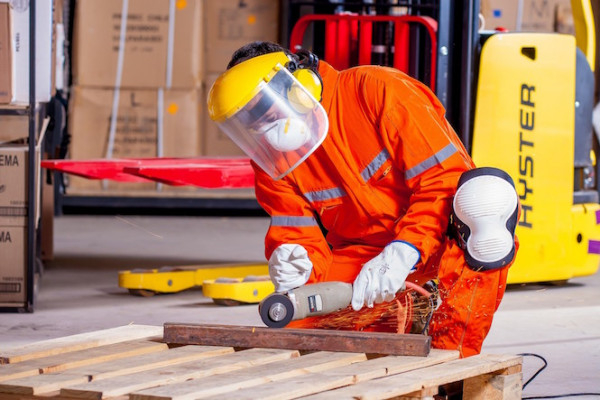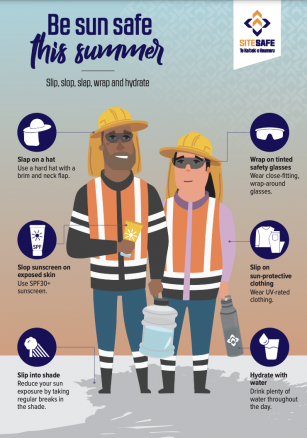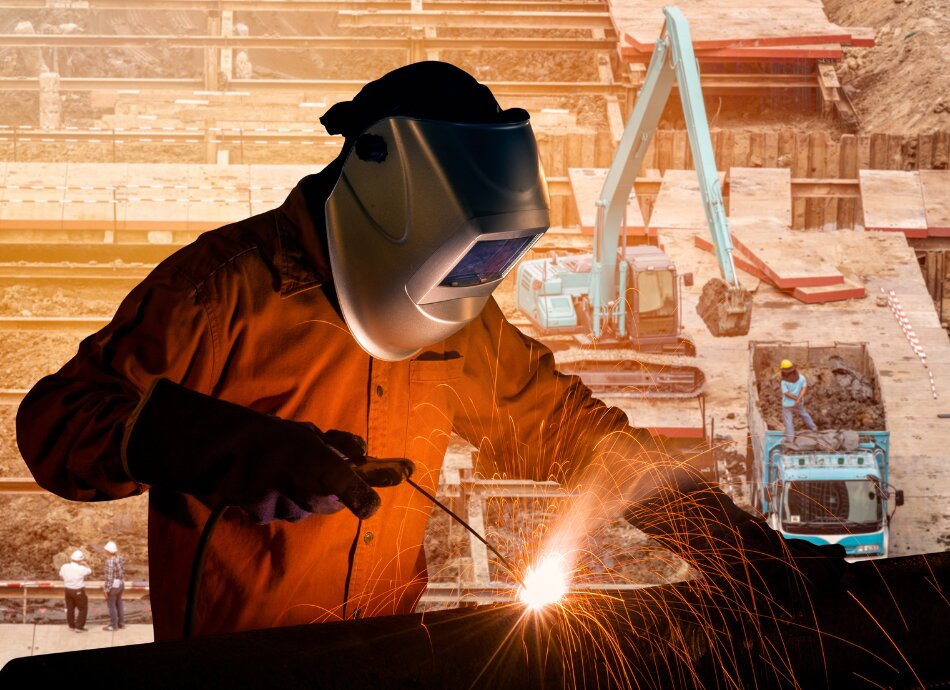1. Safety is everyone’s responsibility
Keeping yourself and your work colleagues safe is a team effort. Your employer has obligations to make sure risks at work are reduced or removed, but employees also have a personal responsibility to speak up if they think a situation is unsafe. Make sure there is a chain of command and someone to report any issues to.
Remember, different businesses have different risks. It all depends on what sort of work you do. Under New Zealand law, workers have the right to stop work if they believe it's unsafe. Employers are advised to ask their workers for input into identifying health and safety risks and making suggestions for how things can be done more efficiently or safely.
2. Get the proper training
If you’re using machinery, tools or other equipment in your job, make sure you receive the proper training before you get started. Don’t take shortcuts when using equipment and keep up-to-date with current practices.
Under New Zealand law, you must notify Worksafe when certain work-related events (eg, a notifiable illness, injury, incident or death) occur.

Image credit: Pixabay
3. Look after your body
Repetitive movements, sitting or standing for prolonged periods of time and other factors can contribute to occupational overuse syndrome. An occupational workplace assessment can be helpful to ensure your workspace is designed well or you’re performing tasks without putting your body at risk. See the desk ergonomic and back exercise videos below.
4. Take regular breaks
Stand up, stretch, take a breather. Regular short breaks away from your desk or workspace benefits you physically and is good for your mental health. Read about rest and meal breaks(external link) here.
5. Keep your stress levels in check
Everyone has stressful days at work, but ongoing stress can cause a range of physical and psychological problems, and lead to accidents. Find ways to minimise workplace stress and aim to have a good work-life balance. It's important to recognise that workplaces affect you mentally and socially so they can include psychosocial hazards as well as physical ones.
Examples of psychological components of the work environment include:
- job demands and level of responsibility
- lack of control over how you work
- lack of recognition, reward or equity
- exposure to traumatic events, eg, accidents or unfair treatment of others
- working remotely
- workplace violence, eg, bullying and harassment.
Find out more about psychosocial hazards at work and how to manage them(external link).
6. Know the law
The Health and Safety at Work Act 2015 (HSWA) is Aotearoa New Zealand's workplace health and safety law. You can read about your obligations as an employer or find out more as an employee at Worksafe NZ.(external link)
7. If you work from home
Many people are now working from home, at least some of the time. If that's the case then your home becomes your workplace and still needs to be an environment where you can be safe and productive. You may be juggling parenting and work at the same time which can add to the stress and potential for accidents to happen. Read more about working from home.
8. If you work outdoors
Working outdoors presents a range of risks, especially around bad weather, hot weather and natural hazards like insect bites and stings. If your job requires you to work outside, (eg, as a builder, tradie, farmer, construction worker, forestry worker, lifeguard etc), you should be provided with equipment and clothing to protect you from work-based risks and the elements. This includes broad-brim hats, clothing with UPF (UV protection factor), protective footwear, sunglasses and sunscreen. If you're working in very hot conditions, make sure you've got access to plenty of fluids and a place to find shade or shelter. You might want to download and print this poster around being sun safe(external link) for your worksite.

Image credit: Sitesafe.org.nz






